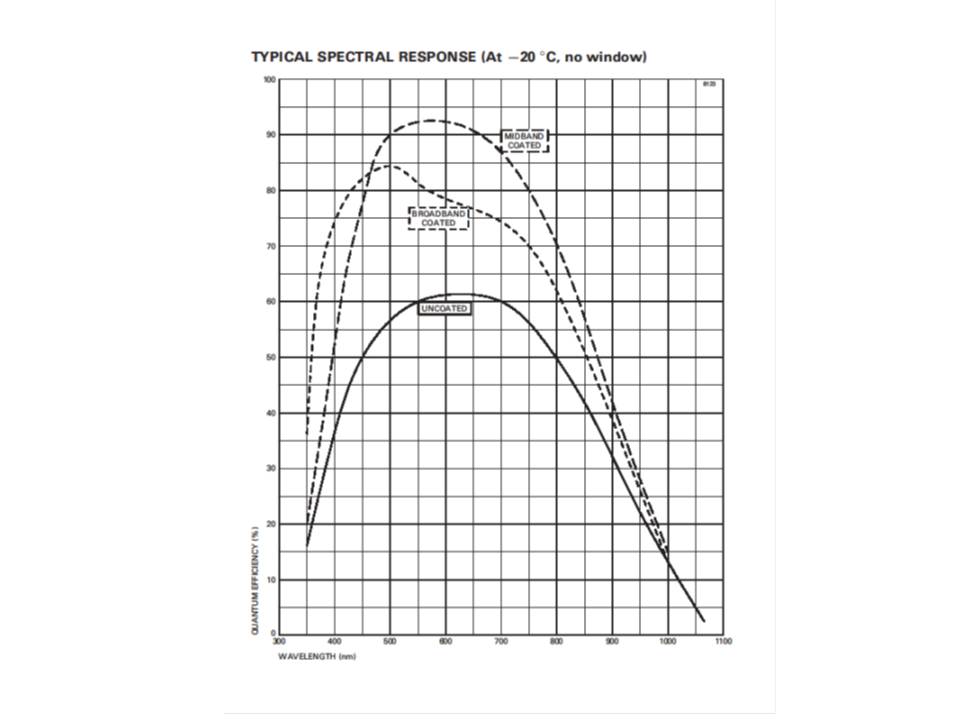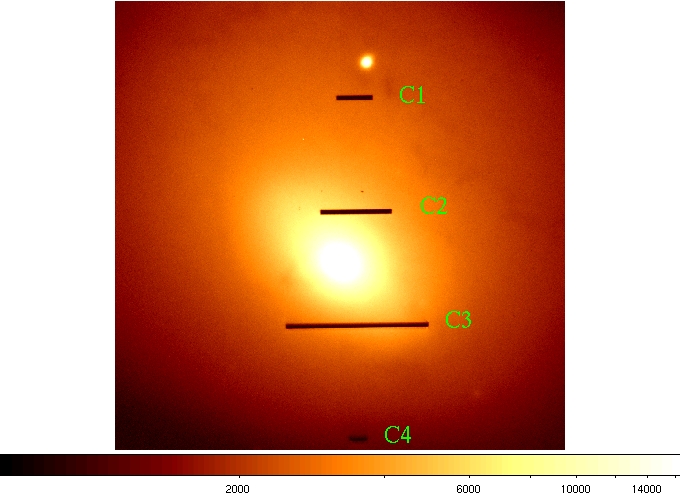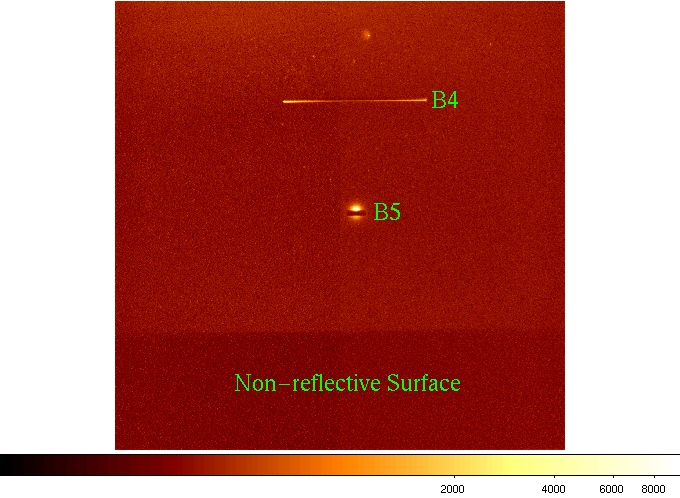
The HIRES slit viewing camera is a SciMeasure Analytical Systems Little Joe CCD camera. The detector is a 1024 x 1024 pixel, thinned, backside-illuminated CCD with a quantum effeciency of nearly 85% at 5000 Angstroms (see QE curve). Specfications for the detector are tabulated below. The CCD camera is mounted to a bracket above the optical path of HIRES and looks down on the reflective decker surface. The original guide camera filter wheels and filters remain in place as well as the Canon 200 mm f/1.8 lens which serves as a focal reducer.
| Detector | E2V Technologies CCD47-20BT |
| Detector Size | 1024 X 1024 pixels |
| Gain Settings | 0,1,2,3 |
| Pixel Scale | 0.086" / pixel |
| Field of View | 87" X 87" |
| Read Noise | 10 electrons |
| Quantum Efficiency | 85% at V-band |
| Wavelength Sensitivity | 0.36 - 1.0 microns |
The quantum efficiency curve for the broadband coated, E2V Technologies CCD47-20BT CCD. Spectral response covers the full range of sensitivity of the HIRES science array.
 |
Transmission curves for the 1mm thick glass, uncoated (Schott catalog) guide camera and calibration lamp filters are located here: Filter Choices
The original Photometrics camera had a field of view (60" X 45") partially limited by the detector size. The new field of view with the SciMeasure camera is approximately 87" X 87", but non-reflective regions of the decker holder may limit this to 87" X 60" depending upon which slit is used on a given decker. Below is an image of M81 with the C2 decker in beam. Note that the full array is illuminated by the reflective surface of the C decker plate.
 |
The B5 decker lies near the edge of the B decker plate, consequently the non-reflective surface of the decker holder limits the full field of view.
 |
Guiding was successfully achieved on V=1.5 mag source by using the highest neutral density filter (ND=0.01) in conjunction with a Magiq camera gain setting of 3. The combination of neutral density filters and gain settings provide a full dynamic range of nearly 20 magnitudes.